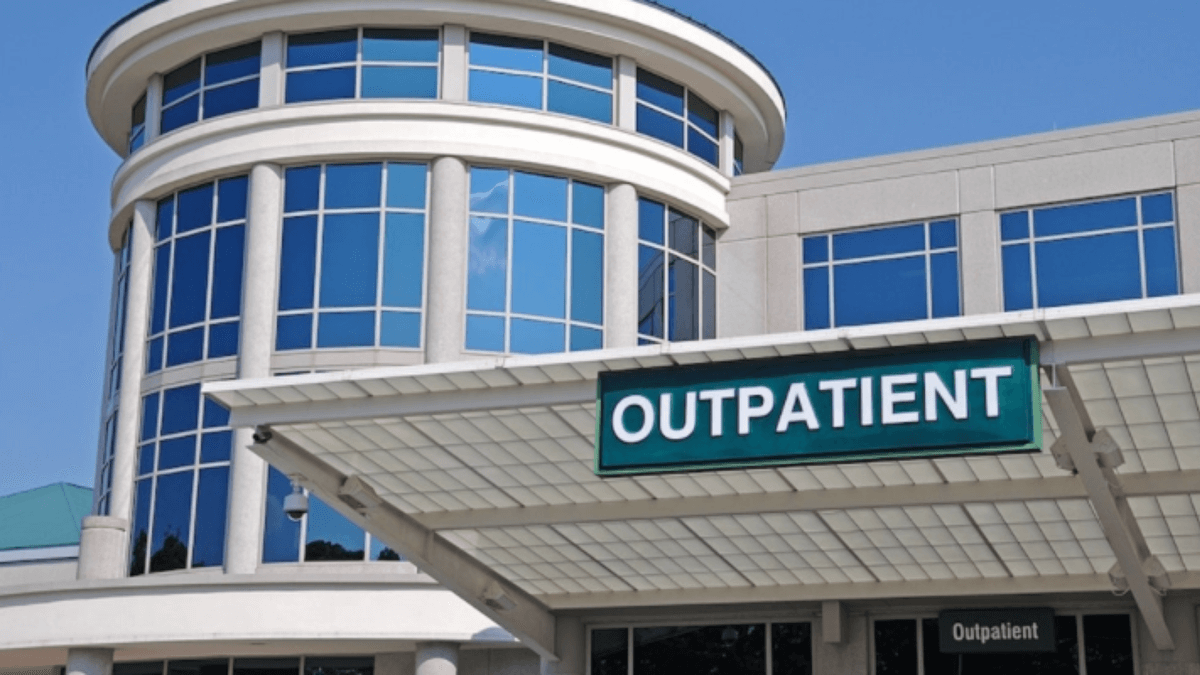Navigating the Shift to Accessible, Efficient Care Amid an Aging Population and Rising Demands
In today’s evolving healthcare landscape, the outpatient sector is emerging as a powerhouse, driven by demographic shifts, economic pressures, and innovative strategies. As we look at recent industry reports, it’s clear that outpatient services are not just supplementing traditional hospital care—they’re transforming it. With U.S. healthcare spending hitting record highs, surpassing GDP growth for the first time since the pandemic, providers are capitalizing on this momentum to expand beyond inpatient walls.
One major catalyst is our aging society. The Baby Boomer cohort is swelling the ranks of seniors, with projections showing that by 2033, over a fifth of Americans will be 55 or older, and those 75+ will make up a larger slice of the population. This group often deals with chronic conditions, demanding more accessible care. Barriers like geographic isolation can lead to unnecessary emergency visits or extended hospital stays, prompting health systems to invest in community-based solutions through new builds, partnerships, or acquisitions.

Outpatient facilities ranging from primary care clinics and urgent care centers to specialized spots like imaging hubs, ambulatory surgery centers (ASCs), and mental health clinics are poised for explosive growth. Forecasts indicate inpatient volumes will climb modestly, about 6% by 2033, but the real action is outside hospitals. Procedures once confined to inpatient settings, such as joint replacements, spinal surgeries, and cardiac interventions, are migrating to outpatient environments thanks to advancing technology. This shift promises higher revenue streams, especially in fields like orthopedics (with outpatient revenue potentially surging 32% by 2033 compared to just 5% for inpatient), spine care, and oncology, fueled by rising cancer rates among the elderly.
Convenience is key here. These facilities often repurpose retail spaces in neighborhoods, making them easier to reach than centralized hospitals. Colocation bundling related services under one roof boosts patient loyalty and efficiency, allowing seamless visits for multiple needs. Amid a ongoing healthcare worker shortage, this model helps optimize staffing across sites.
The enthusiasm is evident in merger and acquisition trends. Major players like Tenet Healthcare have bolstered their portfolios by acquiring ASC networks, reporting double-digit growth. Recent buzz includes potential multi-billion-dollar deals, such as Ascension’s talks to buy a large ASC manager, highlighting the sector’s allure.





